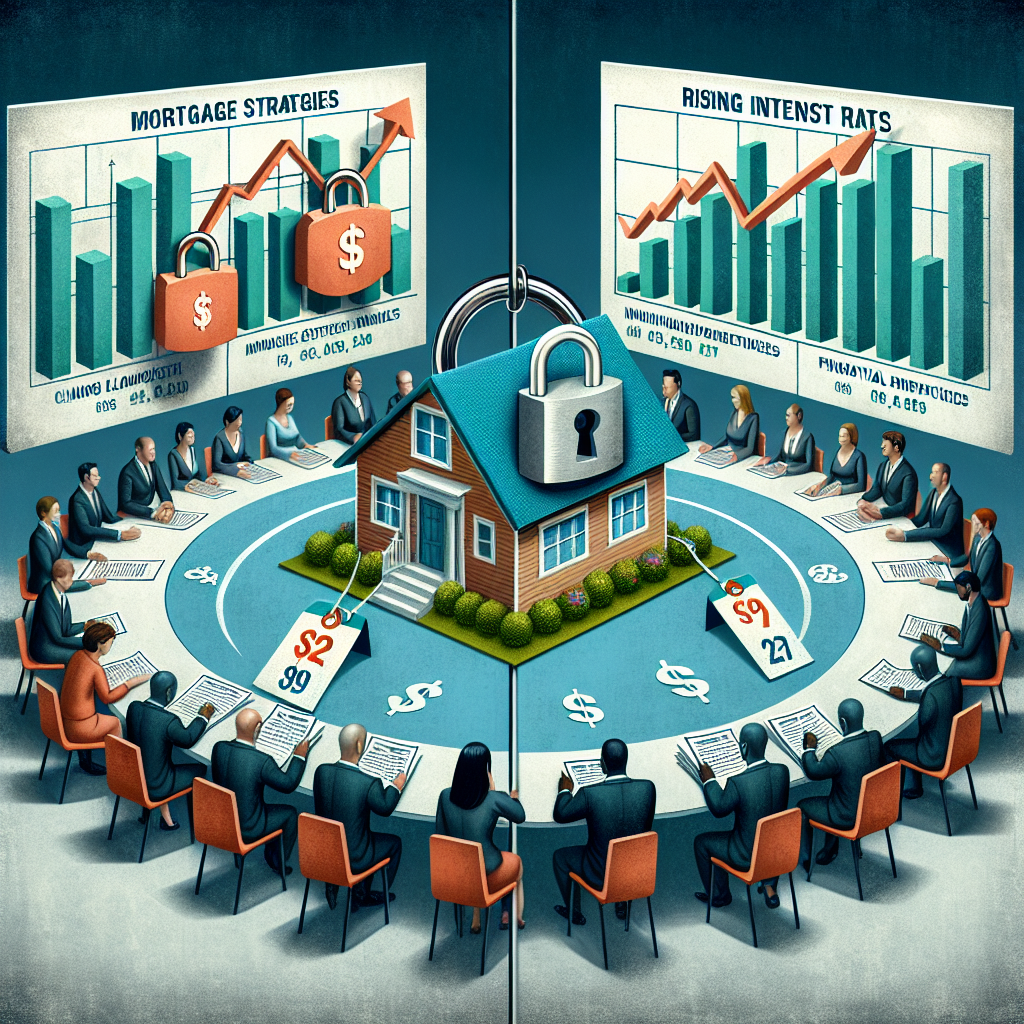Full-year 2018 economic growth was increased to 3.1 percent, just one-tenth higher than last month’s forecast. Third quarter economic growth came in at a 3.5 percent annualized rate, slowing from 4.2 percent in the second quarter, according to the Fannie Mae Economic and Strategic Research Group forecasts.
Solid third quarter growth was backed by an impressive labor market, an acceleration in both consumer and government spending, and a build-up in private inventories, despite a widening trade deficit that more than offset its positive contribution in the second quarter.
However, according to the November 2018 Economic and Housing Outlook, the Research Group expects full-year 2019 growth to slow to 2.3 percent as the economy contends with higher short-term interest rates and the waning effects of the fiscal stimulus enacted in February 2018. The housing sector is also expected to continue to face challenges despite the strong economy and job market. Ongoing affordability constraints stemming from further home price appreciation and a lack of for-sale inventory will likely remain headwinds for housing through 2018 and into 2019.
“As we proceed through the fourth quarter, we expect growth to slow further but to remain solid at 2.6 percent,” said Doug Duncan, chief economist for Fannie Mae. “Trade remains a downside risk to growth as a strong dollar is likely to contribute to a further widening of the trade gap. While consumer spending growth is expected to moderate from the robust second and third quarters, both business fixed investment and residential fixed investment should pick up. We also expect the economy to continue to receive strong support from government spending, at least in the near term. Looking further ahead, the Bipartisan Budget Act of 2018 should continue to boost growth through the first half of 2019 before it begins to fade, ultimately acting as a drag on the economy in the second half of 2020.”
The current labor market hot streak, however, isn’t strong enough to boost the housing sector. Both new and trade-up home buyers remain discouraged by rising mortgage rates, elevated home prices, and a shortage of available inventory, particularly in the lower tier of the market.
“Market conditions also present a challenge for builders, as higher interest rates are driving up construction costs and tight labor conditions are accelerating the average hourly earnings growth of residential construction workers,” said Duncan. “Given weak housing data over the past month, we lowered our 2018 originations forecast by $11 billion to $1.624 trillion and our 2019 forecast by $21 billion to $1.603 trillion. However, we expect that existing and new home sales will stabilize in 2019 as home price appreciation moderates and mortgage rates begin to stabilize.”










